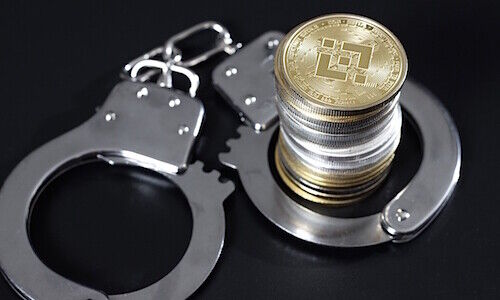Unexpectedly, two dozen European central banks nixed a gold pact they had sealed years earlier. With the price of gold already at a six-year high – how far will it go?
The agreement, which came into force in 1999 and was cancelled on Friday, aimed at coordinating the sale of gold by central banks across Europe in a way designed to keep the price of the metal steady.
The large-scale offloading of the precious metal came after a reevaluation of the function of gold in central bank policy making. The erstwhile link between the U.S. dollar and the gold price had lent the metal a crucial role in monetary policy. The price of gold became free-floating in 1973 only, after the Bretton Woods system had been abolished. The link between currencies and gold lost its pre-dominance.
Speed of Development
The government of Switzerland also launched a review of central bank policy under circumstances and lawmakers finally decided to allow the central bank to sell some 1,300 tons of gold, a little more than half of its holdings.
Other central banks also harbored similar plans and therefore they sat together and came up with a plan to prevent an undue downward pressure on gold – the Central Bank Gold Agreement (CBGA) of 1999. Now, after a three-time extension of five years each, the pact has reached its end.
The reason behind this step were the maturing of the gold market, but also the fact that none of the participating banks had been an active seller recently, according to the statement of the Swiss National Bank.
Increase of Risks
It means that gold nowadays is one investment opportunity among others. Geopolitical uncertainties, Brexit, the escalation in Hong Kong, war risks in Gulf or also the negative interest rate environment might all contribute to a further rally.
Several central banks – among them the banks of China, Russia, India and Turkey – acquired significant amounts of gold in recent years, not least to reduce a dependence on the dollar.
There’s Still More Scope
This year so far, gold has added 12 percent in value. The ounce reached the threshold of $1,400 in recent days – but the record of $1,900 reached in 2011 is still a long way off.
The boom doesn’t look to abate anytime soon. The U.S. Federal Reserve is set to cut its benchmark interest rate on Wednesday, which will probably lead to a weakening of the dollar and hence boost the price of gold. The dollar and gold tend to move in opposite directions.



































